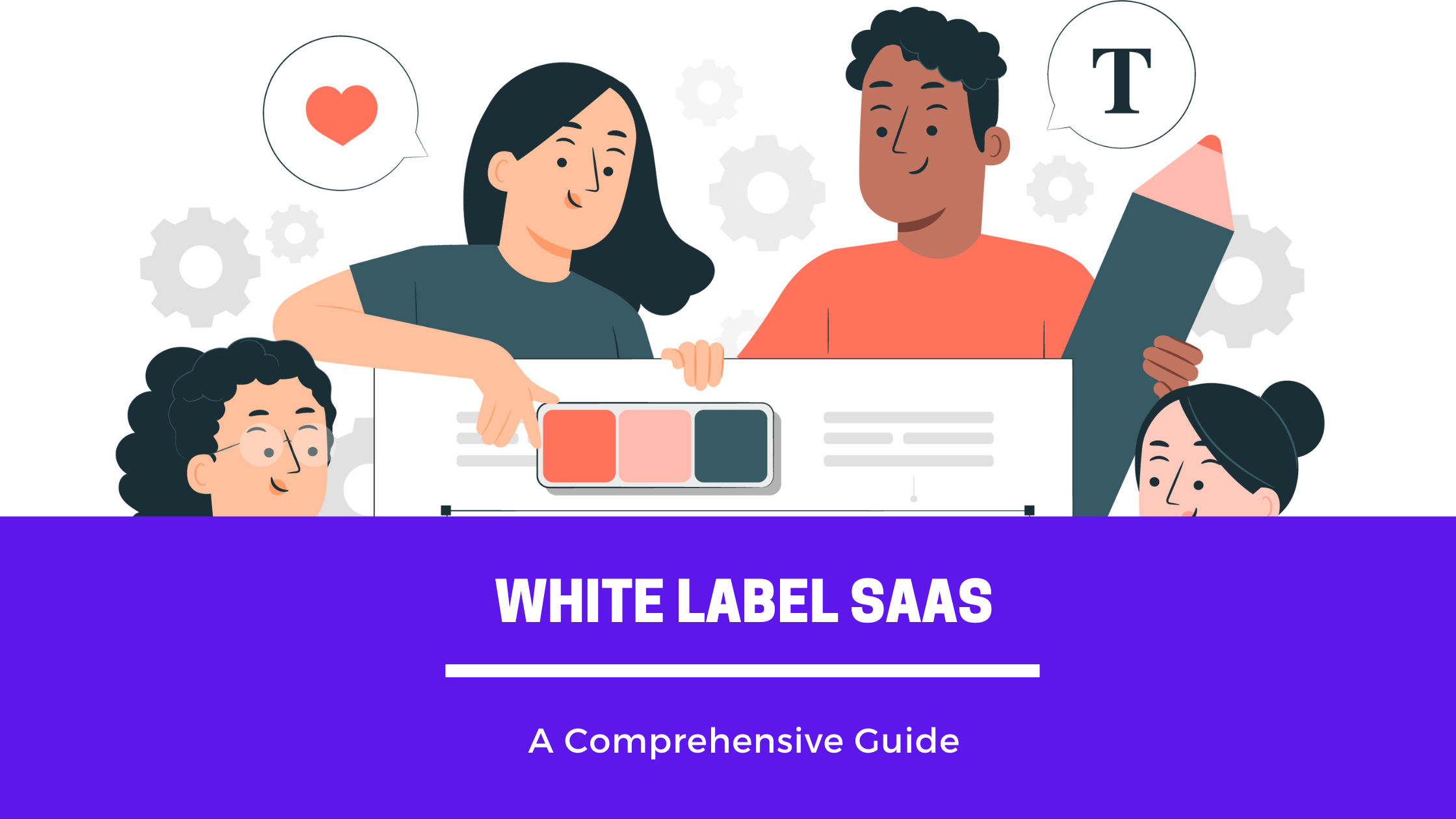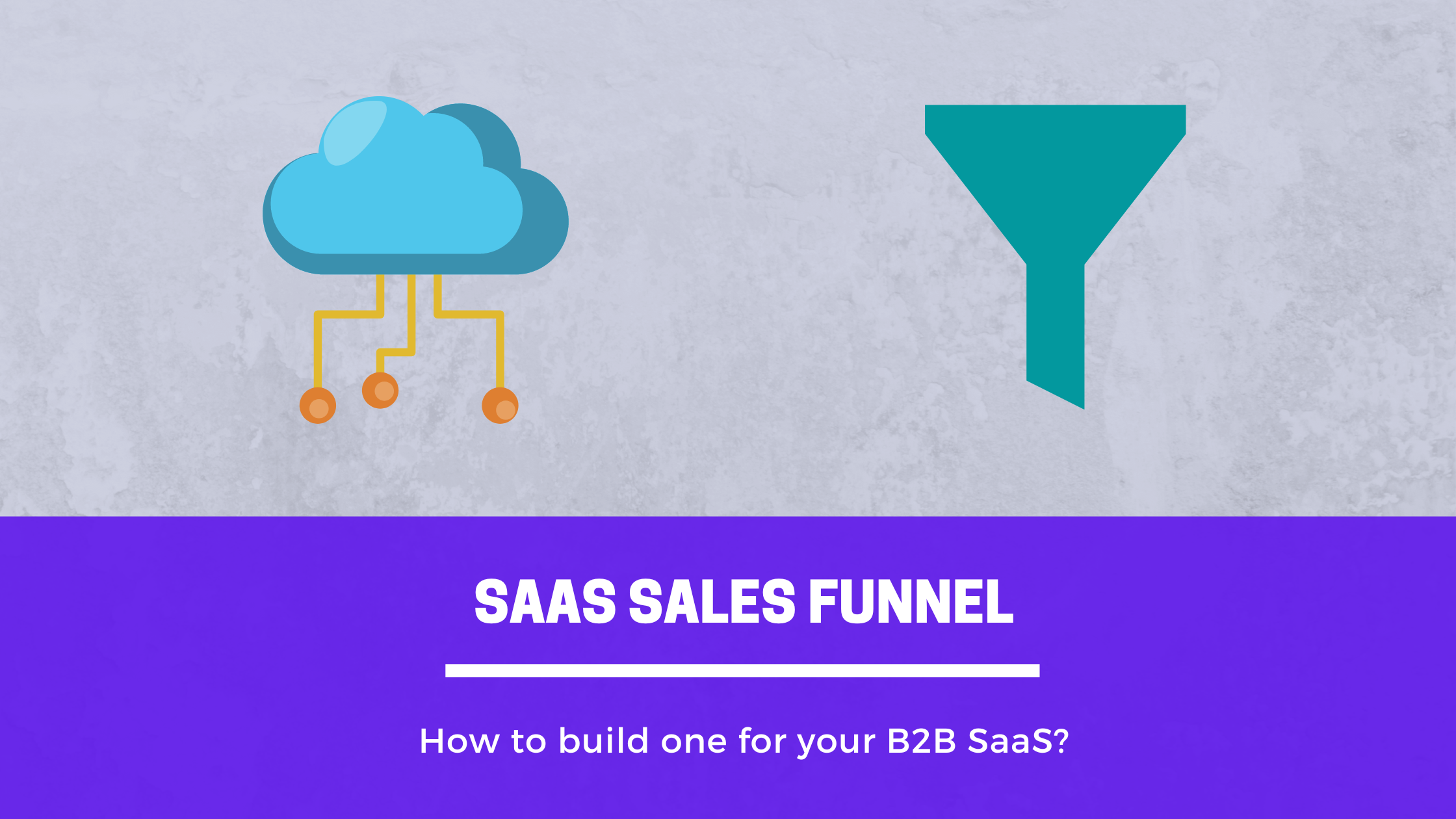In this article, I will show you a framework that you can use to come up with various micro saas ideas using proven SaaS categories. Once I demonstrate the framework, I will use it to come up with novel micro saas ideas in any market. Using the exact steps mentioned here, you can come up with novel micro saas ideas relevant to the target market you want to target, in just a few minutes.
What is micro saas?
Micro saas, as obvious from its name is essentially a smaller version of a SaaS product. Tyler Tringas who coined this term defines it as a software as a service business owned and operated by one person or a small team. These businesses are location-independent, high-margin, and low-risk with predictable recurring revenue.
It’s all about a smaller independent part of a big SaaS product. The idea is that such a small independent feature set can be easily built & maintainable by a very small team. If one can find an effective acquisition channel to sell these micro saas products, a solopreneur (or) a small team can build a sustainable company around this.
Why micro saas?
Micro saas businesses can be a very exciting prospect for solopreneurs (or) people who are looking to start a side hustle. It’s pretty easy to build & maintain micro saas software, thus enabling a small team to build a small & sustainable business around it.
How to come up with micro saas ideas?
Let’s talk about a framework that we can use to come up with micro saas ideas. I’ll first explain the framework & use it to come up with micro saas ideas in a few popular B2B SaaS categories.
Pick a category
Let’s start with a broad category that various B2B saas companies are clubbed into. We can use various sources to do this. For illustration in this example, I will use G2 Crowd, a popular SaaS review aggregation site.

As we can see there are lots of categories one can choose from. I suggest you pick a category where you have some prior experience.
Analyze the category
I want you to deep dive into a particular category & start understanding what the products in this category broadly aim to do. You can view the grid to look at various SaaS products in this category.

Listing relevant features
As a next step, pick at least the top 5-7 products from the above grid randomly & start analyzing the product. Specifically, go through the list of features they have. You can find them on the pricing page most of the time.
Clubbing individual features into buckets of micro saas ideas
Now start clubbing the features you have found for all products above & start clubbing them into closely related categories. Don’t include more than 2-3 features per bucket, as we are looking to come up with actual micro saas products out of these.
Post this step, you should have a bunch of buckets, with each one containing no more than 2-3 closely related features. These buckets are potentially going to be our micro saas products. In the next steps, we will see how to qualify & prioritize these buckets.
Coming up with target customer niches
This is where it gets interesting. All of our above buckets are potential micro saas products. But as mentioned in the beginning, it’s very important to find target customer niches who can benefit from these micro saas products, to be able to build a sustainable micro saas business.
But how to come up with such niches? It helps if you understand the category well. But even otherwise, let’s look at some ways of figuring out such niches,
- Figuring out if there is a segment of customers who are primarily using this SaaS category product for this particular bucket. If yes, you can potentially sell this bucket to them at a much cheaper cost, than the original product.
- In some cases, this particular bucket might be relevant for these customers outside of this use case. They might be willing to pay for this standalone bucket itself.
- Making slight modifications to the feature bucket & customizing it for any particular niche.
This part is more of an art than science. You will need to iterate to come up with the right niche that might be willing to pay for your micro saas idea.
Iterating to find correct feature – niche mapping
As mentioned, Iteration is the key to finding the correct feature – niche mapping. I suggest that you shortlist at least 3-4 such mappings & try running some experiments to figure out the most promising one. Some ways to make this data-backed decision,
- Run a cold email outbound campaign trying to understand the pulse of the selected niche for the micro saas idea.
- Run a google ads campaign on the niche
Whatever approach you take, it’s important to ensure that the selected micro saas idea & niche ticket the following boxes,
- Niche is willing to pay you for solving the problem with your micro saas product
- Niche has money to pay you
- You have a cost-effective acquisition channel to reach out to this niche
That’s it. Once you shortlist your micro saas idea based on the above criteria, you are ready to go into business. It’s all about quickly building the feature set & taking the product to your pre-selected niche. If you execute your strategy well, you will be in a good position to build a sustainable micro saas company.
Micro saas ideas for sales engagement category
Let’s use the above framework on a few categories to come up with micro saas ideas. This should help you in understanding how to implement the framework better.
Analysis
Let’s pick the Sales Engagement category as defined on G2. If we start analyzing various products in the grid & their features, we should be able to club them into various buckets. As mentioned, directly jump to the pricing page to get a list of all features within the product. Here’s the feature list from Reply’s pricing page, one of the products in the grid.

Buckets of micro saas ideas
Here are various buckets we can form based on the feature list of the top 4-5 products.
- Domain warmup
- AI Email assistant
- One-channel sequences ( like WhatsApp / SMS )
- Linkedin automation
- Email validation
Feature – Niche mapping
Let’s look at some potential niches for few buckets above to illustrate this better.
| Bucket | Niche | Why? | Niche Specific | Real Examples |
|---|---|---|---|---|
| Domain warmup | Email marketing agencies | They might be handling lots of cold email campaigns & require domain warmup at scale | Whitelabelling | Lemwarm, Mailwarm |
| AI Email assistant | SEO agencies | For writing content better & faster | Longshot | |
| SMS sequences | For Shopify app owners | To convert people who have added products to cart but haven’t yet bought them | SMSGo, SMSBump | |
| Email validation | To be plugged as an extension into cold outreach SaaS products | So that they could validate emails before running cold email campaigns | Hunter |
Conclusion
In this article, I present a framework that you can use to come up with micro saas ideas in any B2B SaaS category. Building a sustainable business out of any micro saas idea is ultimately the key & that requires lots of domain ( category ) knowledge & iteration to figure out the right acquisition channels.







